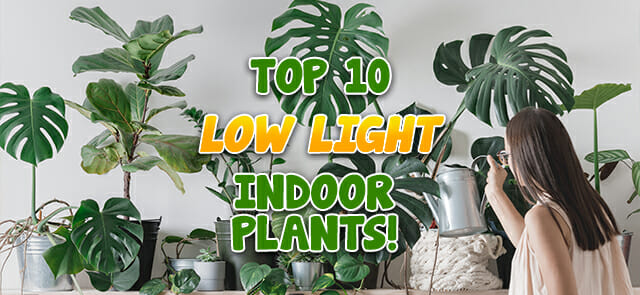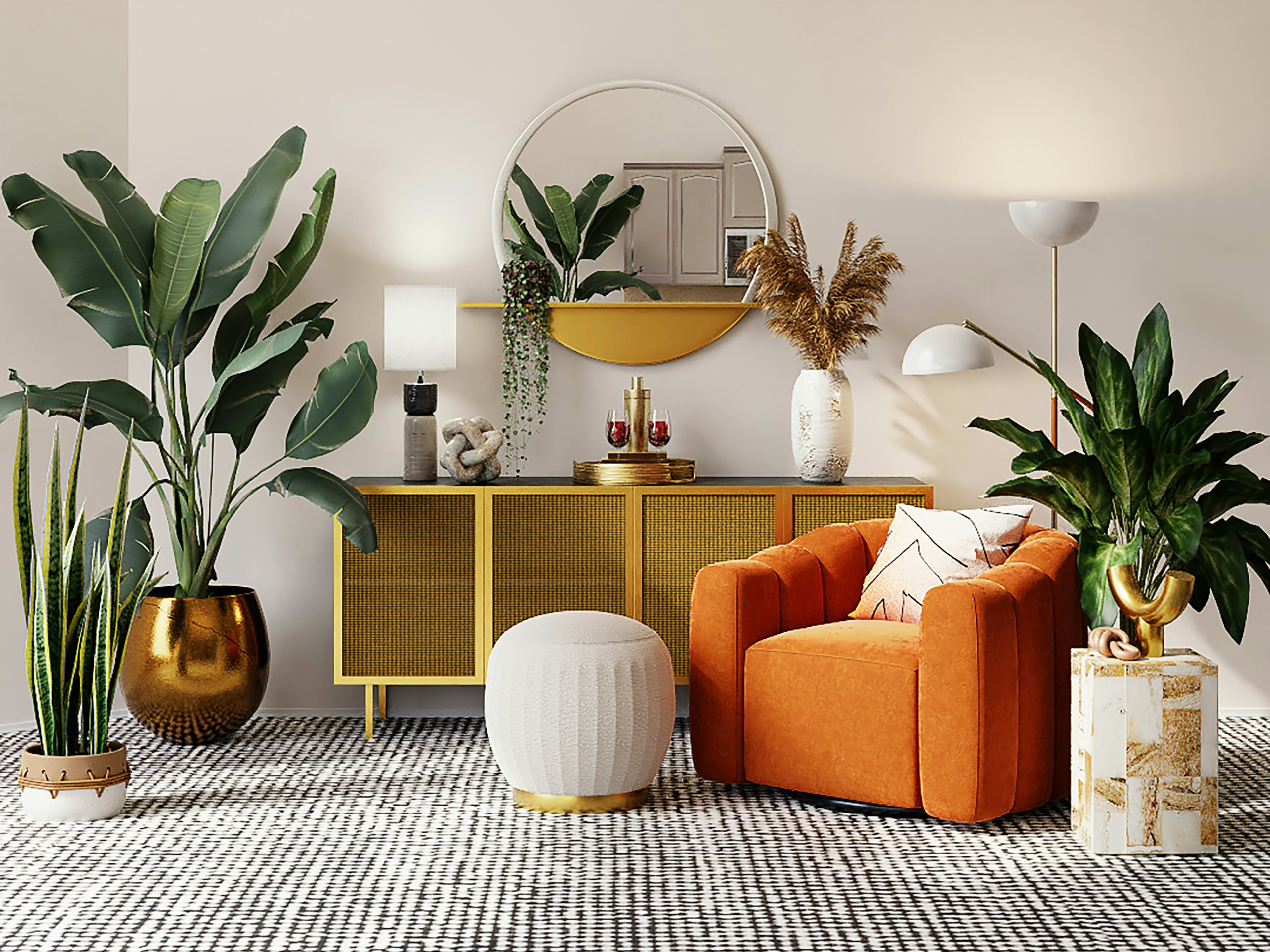Transform Your Living Space with the Best Low-Light Indoor Plants
Transform Your Living Space with the Best Low-Light Indoor Plants
Blog Article
Reveal the Keys of Low-Light Indoor Plants and How They Improve Your Environment
Low-light interior plants have gathered increasing focus for their one-of-a-kind capacity to improve both aesthetic charm and environmental high quality within workplaces and homes. These resistant species, including the Snake Plant and Peace Lily, not only thrive in tough lights conditions yet also play a critical function in air purification and psychological wellness.
Benefits of Low-Light Indoor Plants
Although lots of people think that indoor plants require plentiful sunshine to prosper, low-light interior plants supply a wide variety of advantages that make them ideal for various settings. Among the primary advantages is their flexibility; they can flourish precede with minimal all-natural light, such as offices, basements, or areas with tiny windows. This attribute permits people to enhance their surroundings with plant, adding to boosted aesthetics without the requirement for substantial illumination adjustments.
Additionally, low-light interior plants can dramatically boost indoor air high quality by launching and filtering dangerous toxic substances oxygen, making living areas healthier. Study has revealed that certain selections can take in pollutants, therefore promoting a cleaner atmosphere. In addition, they can enhance psychological wellness by reducing tension and raising performance. The visibility of plants has been linked to higher sensations of harmony and focus.
In addition, low-light plants often call for much less upkeep than their sun-loving counterparts, making them ideal for active individuals or those new to horticulture. Their resilience permits them to thrive with marginal intervention, thus offering a gratifying experience for plant lovers and beginners alike. In summary, low-light indoor plants offer both useful and visual objectives, making them beneficial additions to any type of area.
Leading Low-Light Plant Selections
Low-light indoor plants been available in a variety of varieties, each offering unique attributes and benefits suited for dark settings. Among the most popular varieties is the Snake Plant (Sansevieria), known for its air-purifying abilities and building leaves. This resistant plant thrives on disregard and can tolerate a wide variety of light problems.
An additional exceptional selection is the ZZ Plant (Zamioculcas zamiifolia), which includes shiny, dark eco-friendly leaves and is extremely drought-tolerant. Its adaptability makes it a preferred for offices and homes with minimal sunshine.
The Pothos (Epipremnum aureum) is likewise a top contender, with its trailing vines and heart-shaped fallen leaves - Best low-light indoor plants. This flexible plant can be educated to climb or waterfall, including aesthetic interest to any kind of area

Treatment Tips for Low-Light Plants
Caring for low-light indoor plants needs a nuanced understanding of their details requirements to ensure optimal growth and vigor. It is crucial to choose the appropriate potting mix, as a well-draining soil is crucial to stop root rot. A mix created for houseplants, usually having peat moss and perlite, works well for most low-light selections.
Watering is an additional crucial aspect of care. Low-light plants generally call for great post to read less frequent watering contrasted to their sun-loving equivalents. It is advisable to check the top inch of soil; if it really feels dry, it's time to water. Overwatering can result in issues such as mold and mildew and origin decay.
Fertilization must be come close to with caution. During the growing season, a watered down liquid fertilizer can be used monthly, but in wintertime months, lots of low-light plants enter inactivity and need little to no fertilizing.
Finally, it's important to regularly clean up the fallen leaves to get rid of dirt, enabling for far better light absorption. By adhering to these treatment tips, you can grow a successful setting for your low-light indoor plants, improving both their look and longevity.
Enhancing Air Quality With Plants
Interior plants play a considerable function in boosting air high quality within homes and office. Via the procedure of photosynthesis, these plants absorb carbon dioxide and release oxygen, adding to a healthier environment. In addition, certain low-light interior plants possess the ability to filter unsafe contaminants, such as trichloroethylene, benzene, and formaldehyde, which are commonly located in interior atmospheres.

Moreover, the visibility of interior plants can boost moisture degrees, which helps alleviate completely dry skin and breathing problems, even more improving total health. This capability to enhance air quality not just promotes physical wellness however also sustains psychological wellness.
Incorporating low-light interior plants into your living and functioning areas can bring about an extra browse around this site lively and stimulating setting (Best low-light indoor plants). Purchasing these natural air purifiers is a straightforward yet reliable strategy for improving indoor air top quality and cultivating a healthier way of life
Producing a Calm Indoor Space
The integration of plants into living areas not only improves air high quality however also contributes to a serene atmosphere. Low-light indoor plants, such as serpent plants and pothos, are specifically effective in creating a tranquil environment, as they prosper in conditions that may or else be inhospitable for various other plant. Their rich foliage provides a relaxing aesthetic, reducing tension and advertising relaxation.
Including these plants into your office or home can stimulate a feeling of peace and wellness. Tactically placing them in areas where you spend significant time, such as living rooms or workspaces, enables an immersive experience with nature, which has actually been shown to improve mood and cognitive function.
Moreover, the gentle motion of leaves in action to air movement can develop a dynamic visual component that improves the overall setting. Think about utilizing a variety of plant elevations and appearances to include depth and interest to your area. With thoughtful positioning and treatment, low-light interior plants can change any kind of location right into a tranquil refuge, cultivating not only aesthetic contentment but additionally emotional and mental wellness.

Conclusion
Including low-light indoor plants right into different atmospheres yields considerable benefits, including improved air top quality and boosted visual appeal. These hardy types not only grow in very little light however additionally add to a relaxing atmosphere, advertising emotional and mental wellness. By choosing proper selections and executing appropriate treatment techniques, individuals can efficiently cultivate a navigate to these guys peaceful interior space that promotes well-being and efficiency. The transformative power of low-light plants underscores their value in enhancing both occupational and household setups.
Although numerous individuals think that interior plants call for plentiful sunlight to grow, low-light indoor plants use a plethora of advantages that make them optimal for numerous settings.Furthermore, low-light interior plants can considerably improve indoor air high quality by releasing and filtering damaging toxic substances oxygen, making living spaces healthier. Additionally, certain low-light interior plants have the capability to filter hazardous toxins, such as trichloroethylene, formaldehyde, and benzene, which are frequently located in interior settings.
Low-light indoor plants, such as snake plants and pothos, are specifically effective in creating a tranquil setting, as they thrive in conditions that may or else be unwelcoming for various other greenery.Integrating low-light interior plants right into different atmospheres returns significant advantages, including boosted air high quality and enhanced visual appeal.
Report this page